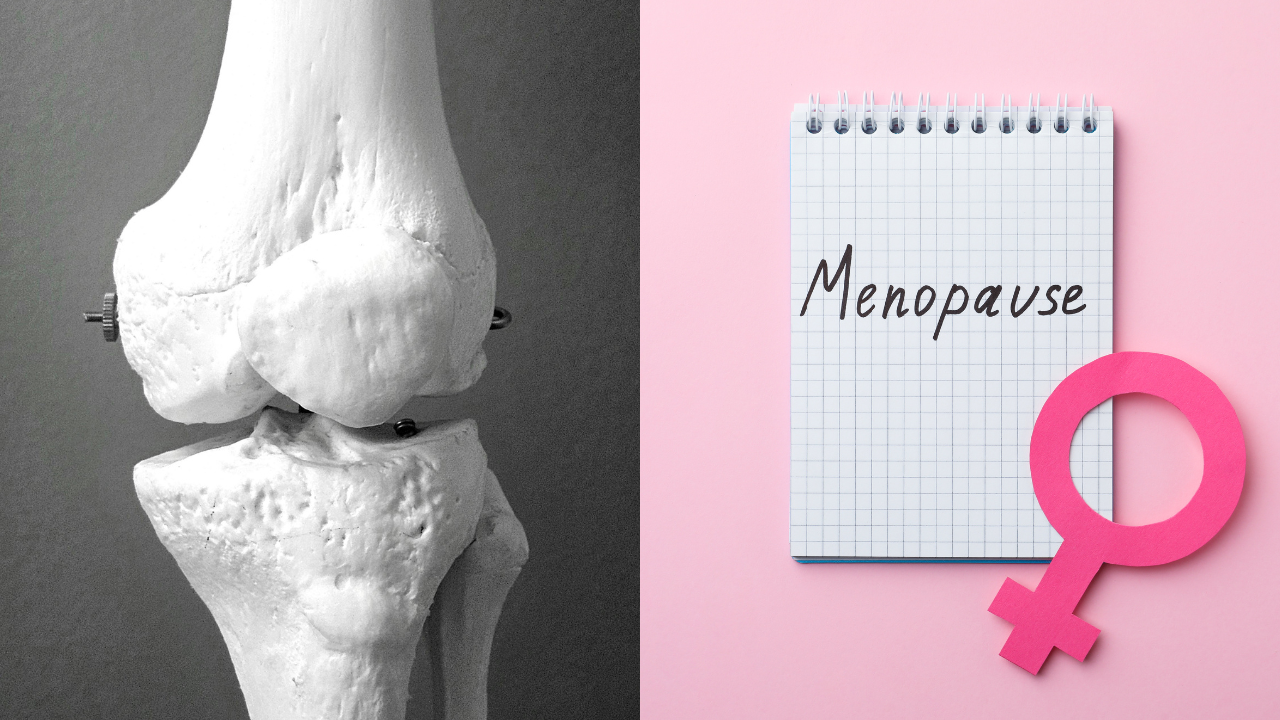Your Hormones Could Actually Help Keep Your Bones Strong After Menopause

Credits: Canva
SummaryMenopause weakens bones as oestrogen levels fall, raising the risk of osteoporosis and fractures. Expert explains how Hormone Replacement Therapy helps preserve bone density, eases menopausal symptoms, and works best when paired with healthy lifestyle strategies and personalised medical care.
End of Article
